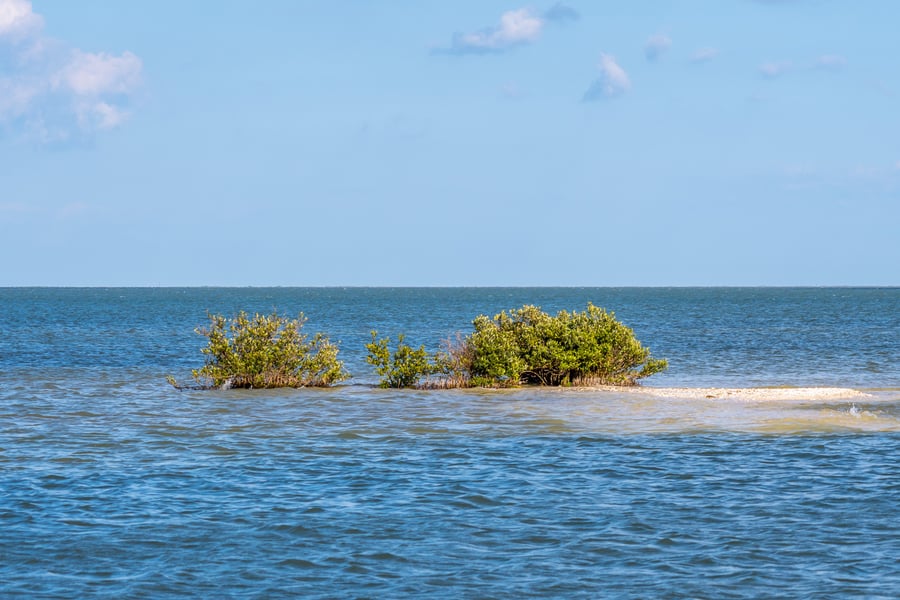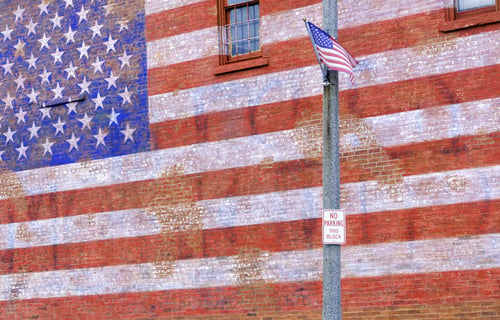Getting Hooked on Rockport: One of the Most Affordable US Beach Towns

Rockport may have a laid back fishing village vibe, but the small Texas town is no stranger to the spotlight, having been a favorite coastal getaway spot for wealthy Texans for more than a century.
Situated behind barrier islands and the intercoastal waterway along the Gulf of Mexico, the small city of just over 10,000 people was named one of the most affordable beach towns in the U.S. in a survey by realtor.com.
“The Gulf Coast tourist destination is known for its clean beaches, fantastic fishing, and world-class birdwatching,” said realtor.com in its roundup.
While a mostly well-kept secret since its incorporation in 1870, Rockport also played host to five presidents over the years as iconic Lone Star State oilmen such as Clint Murchison and Sid Richardson set up shop on nearby islands.
It was not unheard of in the early days for the White House to ring the pay phone at the Magnolia filling station on Main Street to try and get ahold of one of the Texas power brokers.
Rockport continues to draw visitors from all walks of life with its prime location – three hours or less from Austin, Houston, San Antonio, and the Mexican border town of Matamoros.
History of Rockport: Early Texas Thriving Port
Rockport’s strategic location along the Gulf of Mexico, and its protection of the Aransas Bay made it an early thriving Texas port, meeting 19th century ranching, meat packing, and shipping needs.
Even before its founding in 1867, the area had a rich and colorful history including:
- Exploration by Spanish Captain Alonso Alvarez de Pineda in 1519
- Another exploration in 1528, by Cabeza de Vaca, noted the local Karankawa tribe
- In the 1720 the Karankawa resisted French efforts to settle in the area
- In the early 1800s, infamous pirate Jean Lafitte built a fort nearby
- General Zachary Taylor’s army camped in the area during the Mexican American War
Things moved quickly at first for Rockport, with a city charter just three years after its founding, and a year later, in 1871, Rockport was named the county seat of newly formed Aransas County, carved out of Refugio County.
By 1888, the first San Antonio and Aransas Pass railroad train arrived and soon four trains were coming from San Antonio daily.
Rockport: Rebuilding Paradise
In some ways, Rockport and Aransas County are as much about the water as they are about the land – with Aransas sixth smallest of Texas’s 254 counties in land area with 252 square miles. The county has more water with 276 square miles.
Paradise can come with its price and Rockport’s growth was hindered by its very prime location as major hurricanes in 1916 and 1919 destroyed much of downtown and wrecked the industrial and shipping industries.
A growing shrimping industry in the 1930s and 1940s helped the city survive.
The area, no stranger to surviving these storms, had to rebuild again after Hurricane Harvey made landfall in 2017 on San Jose Island, just east of Rockport.
While some repairs remain five years later, such as the rebuilding of the Rockport breakwaters, tourism has returned to the area in droves.
“The town, despite all the obstacles, is thriving,” reported KSAT this month.
Gloria Whitley, a Rockport resident for almost 30 years, told the television station: “We had Harvey. Then we had the pandemic, which turned us down also. And then we had a freeze a couple of years ago that shut us down. So, it’s been one thing after another … I have to say that this is the best summer we’ve had. Ever since Memorial Day, it has been busy, and it’s thanks to the people of San Antonio and in the surrounding area.”
Rockport is For the Birds … And Bird Watchers!
Fishing, swimming and simply relaxing is high on the list for those visiting Rockport, but the area really stands out in bird watching.
“Rockport offers 10 different sites on the Great Texas Coastal Birding Trail, which boasts the planet’s sole migrating flock of over 265 whooping cranes, which passes through the Aransas Wildlife Refuge every winter,” reports Culture Map Austin.
Scheduled boat trips to the Aransas Wildlife Refuge run throughout the Whooping Cranes’ migratory stays.
Other area birding sites in addition to the 70,000-acre Aransas Wildlife Refuge include:
- Goose Island State Park: Located 12 miles north of Rockport on the shores of Aransas and St. Charles Bay. Outdoor camping and watch for waterfowl, shorebirds, and passerines. Bonus: Home to the “Big Tree”, one of the largest live oaks in the U. S., with a trunk circumference of more than 35 feet.
- Fennessey Ranch: World class birding trips are available on the ranch that consists of 3,000+ acres of fresh wetlands, natural lakes, riparian woodlands, meadows, brush, and prairie. The ranch is home to 16 plant communities, 50 species of amphibians and reptiles, and 70 species of moths and butterflies. And for birders: more than 420 species of resident and migratory birds have been recorded on the ranch including bald eagles, white-tailed hawks, and swallow-tailed kites.
- Connie Hager Cottage Sanctuary: Bird sanctuary and historical site with 6.25 acres of trails.
- Rockport Beach Park: Home to roseate spoonbills, blue herons, egrets, and more.
- Demo Bird Garden and Wetlands Pond: In early September tens of thousands of hummingbirds pass through this area.
Other Things to Put on Your Rockport “To Do” List
Birds and beaches are nice, but there are other things to put on your Rockport “To Do” list while visiting including:
- Fulton Mansion State Historic Site: Get a glimpse of life of an affluent family in the late 1880s by touring this Victorian gem. Includes an education and history center with interactive exhibits as well as a museum store.
- Texas Maritime Museum: Great rainy day spot with two floors of exhibits and a third floor observation deck with an amazing view of the beach and Gulf of Mexico.
- Tule Creek Hike and Bike Trail: 1-mile trail that winds through Live Oak Forest and is parallel to Tule Creek.
- Rockport Center for the Arts: Hosts a wide variety of exhibits, special events, education workshops, and classes for children and adults, performing arts, sculpture garden, and more. Note that since Hurricane Harvey, the center has opened a new facility at 106 S. Austin St.
- Bay Education Center: Free public interactive center is operated by the University of Texas at Austin College of Natural Sciences.



